Benefits and Challenges of Intercropping in Sustainable Farming
This article explores the advantages and drawbacks of intercropping, a sustainable agricultural practice that enhances biodiversity, improves soil health, and increases crop yields while also presenting certain challenges that farmers must navigate.
Intercropping involves growing two or more crops in proximity for various benefits. This practice has a rich historical context, dating back thousands of years when ancient civilizations utilized it to maximize their agricultural outputs. In the modern world, as we strive for more sustainable agriculture, intercropping is gaining renewed attention. It is significant because it not only promotes biodiversity but also helps in the efficient use of resources. By planting different crops together, farmers can create a more balanced ecosystem that supports various life forms, from beneficial insects to soil microorganisms.
Intercropping offers numerous advantages, including enhanced biodiversity, pest control, and improved soil health. These benefits contribute to sustainable farming systems that are resilient and productive. For instance, when farmers grow complementary crops together, they can significantly boost their yields while minimizing the negative impacts on the environment. Let's delve deeper into these benefits.
By planting diverse crops, intercropping fosters a more resilient ecosystem. Imagine a vibrant tapestry of plants, each playing a unique role in the agricultural landscape. This diversity can lead to better pest management and increased pollinator activity. When various crops are grown together, they can attract a wider range of beneficial insects, which in turn helps in controlling pest populations naturally. Additionally, a diverse crop environment can enhance soil health, as different plants contribute various nutrients back to the soil.
Intercropping can enhance soil structure and fertility. Different root systems penetrate the soil at varying depths, allowing for better nutrient uptake. When crops die back, their residues contribute organic matter to the soil, improving its structure and water-holding capacity. This nutrient cycling is crucial for long-term soil health, ensuring that it remains fertile and productive for future planting seasons. Farmers who adopt intercropping often notice a marked improvement in soil quality, which can lead to increased yields over time.
One of the standout benefits of intercropping is its ability to reduce pest populations naturally. By growing a variety of crops, farmers can disrupt the life cycles of pests that might thrive in monoculture systems. For example, if a pest targets a specific crop, intercropping with other plants can confuse and deter these pests, minimizing the need for chemical pesticides. This not only protects the environment but also promotes healthier food production.
Despite its benefits, intercropping presents challenges such as competition for resources and complexity in management. Farmers must navigate these hurdles to effectively implement intercropping systems. Understanding these challenges is crucial for anyone considering this approach to farming.
In intercropping systems, crops may compete for nutrients, water, and sunlight. This competition can affect crop yields and overall farm productivity. For instance, if two crops are planted too closely together, they may siphon off each other's nutrients, leading to suboptimal growth. Farmers need to carefully plan their intercropping strategies, considering factors like plant height, root depth, and growth rates to minimize resource competition.
Managing multiple crops can be more complicated than monoculture systems. Farmers need to possess a diverse set of skills and knowledge to effectively manage intercropping systems. This includes understanding the growth habits of different crops, their nutrient requirements, and how they interact with one another. For many farmers, this complexity can be daunting, requiring additional training and experience.
Farmers may face challenges in marketing diverse crops. Many markets are geared towards monoculture crops, creating barriers for those who grow multiple types. This can lead to economic implications, as farmers might struggle to find buyers for their diverse produce. Developing a strong marketing strategy and finding niche markets can help overcome these obstacles.
- What is intercropping? - Intercropping is the practice of growing two or more crops in close proximity for mutual benefits.
- What are the benefits of intercropping? - Benefits include enhanced biodiversity, improved soil health, and natural pest management.
- What challenges does intercropping present? - Challenges include resource competition among crops, management complexity, and market access issues.
- How can farmers overcome intercropping challenges? - Farmers can overcome challenges through careful planning, education, and developing strong marketing strategies.
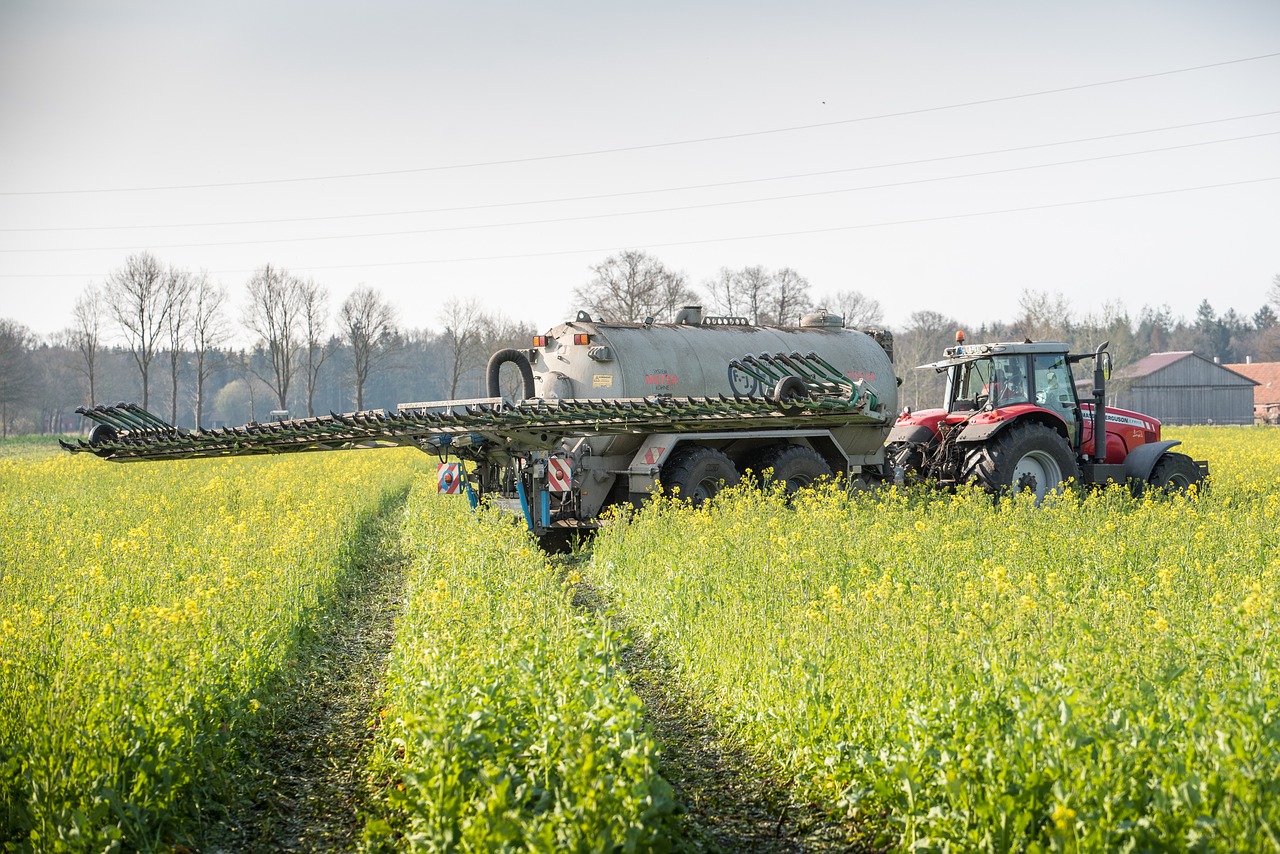
Understanding Intercropping
Intercropping is a fascinating agricultural practice that involves cultivating two or more crops in close proximity. Imagine a vibrant tapestry of plants growing side by side, each contributing its unique strengths to create a more resilient ecosystem. This method isn’t just a modern trend; it has roots that stretch back through centuries of agricultural history. Farmers across the globe have been practicing intercropping for generations, often out of necessity, to maximize their yields and enhance soil fertility.
The significance of intercropping in sustainable agriculture cannot be overstated. As the world grapples with the challenges of climate change, soil degradation, and the need for food security, intercropping emerges as a beacon of hope. By diversifying crop production, farmers can improve not only their economic resilience but also the health of the environment. This practice encourages biodiversity, which is crucial for maintaining ecological balance and ensuring the long-term viability of farming systems.
In essence, intercropping can be seen as nature’s way of promoting cooperation among plants. When different crops are grown together, they can complement each other in several ways. For instance, taller plants can provide shade for shorter ones, while deep-rooted crops can access nutrients and moisture from deeper soil layers, benefiting their shallow-rooted companions. This synergy is not only beneficial for the crops themselves but also for the surrounding ecosystem, as it fosters a habitat for various organisms, including beneficial insects and soil microbes.
Moreover, intercropping plays a pivotal role in sustainable farming practices by enhancing soil health. The diverse root systems of different crops contribute to improved soil structure and fertility. When these plants die back or are harvested, their residues enrich the soil with organic matter, promoting nutrient cycling and enhancing microbial activity. This leads to healthier soils that can retain moisture better and resist erosion, ultimately fostering a more productive farming environment.
In summary, understanding intercropping is about recognizing the intricate relationships between different crops and their environment. It embodies the principles of sustainability by enhancing biodiversity, improving soil health, and creating a more resilient agricultural system. As we delve deeper into the benefits of intercropping, it’s essential to appreciate its historical context and the role it plays in the future of sustainable farming.
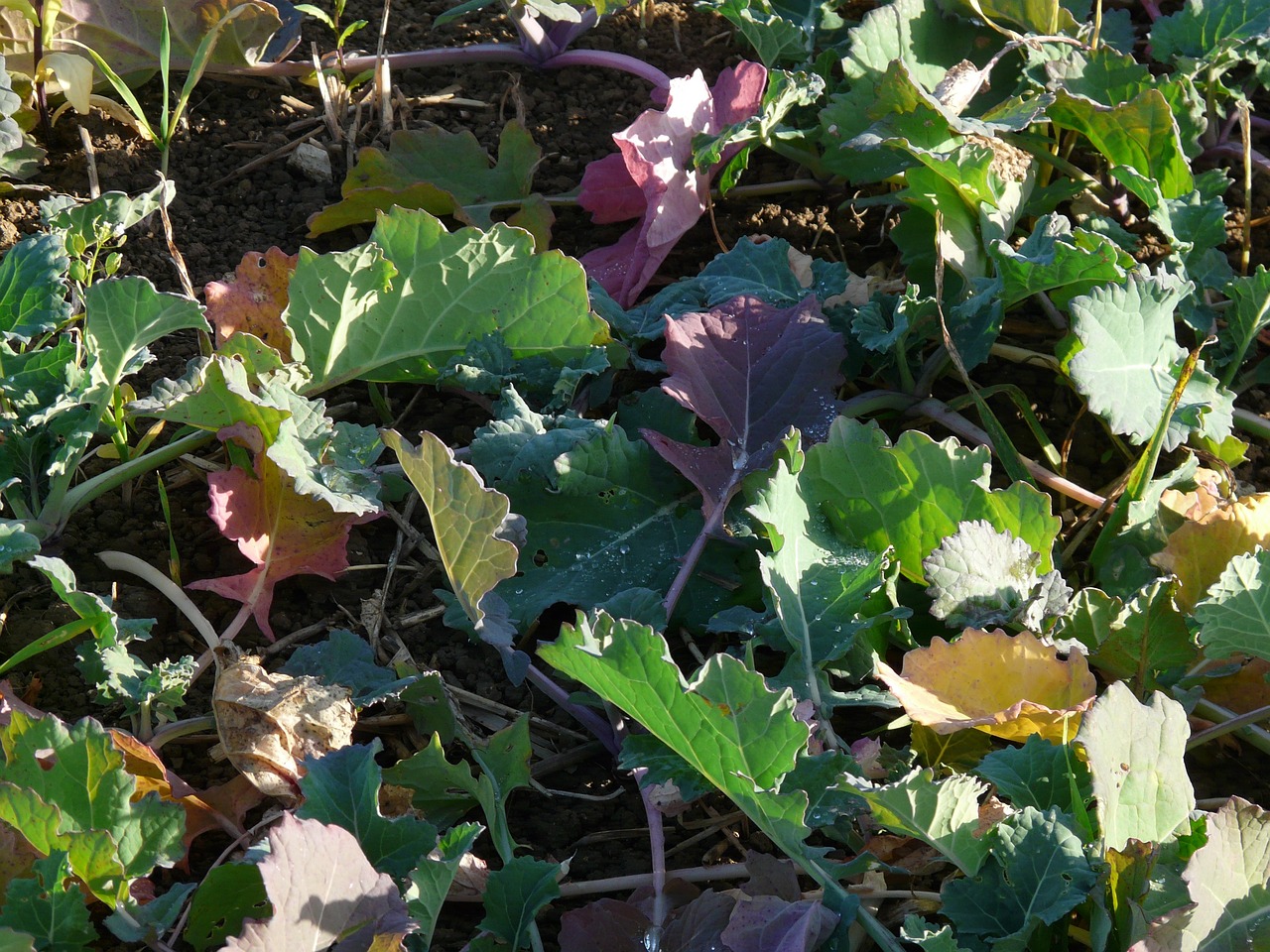
Benefits of Intercropping
Intercropping is more than just a method of planting; it's a transformative approach that can significantly enhance agricultural productivity and sustainability. By growing two or more crops in close proximity, farmers can tap into a range of benefits that traditional monoculture farming simply can't provide. Imagine a vibrant tapestry of crops, each contributing its unique strengths to the ecosystem. This not only boosts overall crop yields but also fosters a healthier environment.
One of the most remarkable benefits of intercropping is its ability to enhance biodiversity. When farmers plant a variety of crops together, they create a more resilient ecosystem. This diversity can lead to better pest management and increased pollinator activity. For instance, if you plant corn alongside beans, the corn provides a tall structure for the beans to climb, while the beans fix nitrogen in the soil, benefiting both crops. This synergistic relationship is a perfect example of how intercropping can mimic natural ecosystems, where different species coexist and support one another.
But that's not all; intercropping also plays a crucial role in improving soil health. Different crops have varying root structures, which can enhance soil structure and fertility. For example, deep-rooted plants can break up compacted soil layers, allowing for better water infiltration. Additionally, when these crops die back, their residues decompose and enrich the soil with organic matter, promoting nutrient cycling. This is essential for maintaining soil fertility over time, reducing the need for synthetic fertilizers.
Another significant advantage of intercropping is its natural pest management capabilities. By cultivating a diverse range of crops, farmers can disrupt the life cycles of pests. For example, if a pest is specialized to feed on a single type of crop, intercropping with different plants can confuse and deter these pests, reducing their populations without the need for chemical pesticides. This not only protects the crops but also contributes to a healthier ecosystem, where beneficial insects can thrive.
To sum up, the benefits of intercropping are multifaceted and interlinked. By enhancing biodiversity, improving soil health, and providing natural pest management, intercropping presents a sustainable farming solution that can lead to increased productivity and environmental resilience. However, it's important to recognize that while these benefits are significant, they come with their own set of challenges, which we will explore in the following sections.
- What is intercropping? Intercropping is the practice of growing two or more crops in close proximity to maximize the benefits of biodiversity, pest control, and soil health.
- How does intercropping improve soil health? Different crops contribute varying root structures and organic matter, enhancing soil structure, fertility, and nutrient cycling.
- Can intercropping help with pest management? Yes, by planting a diverse range of crops, intercropping can disrupt pest life cycles and reduce the need for chemical pesticides.
- What are some challenges of intercropping? Challenges include resource competition among crops, management complexity, and market access for diverse crops.
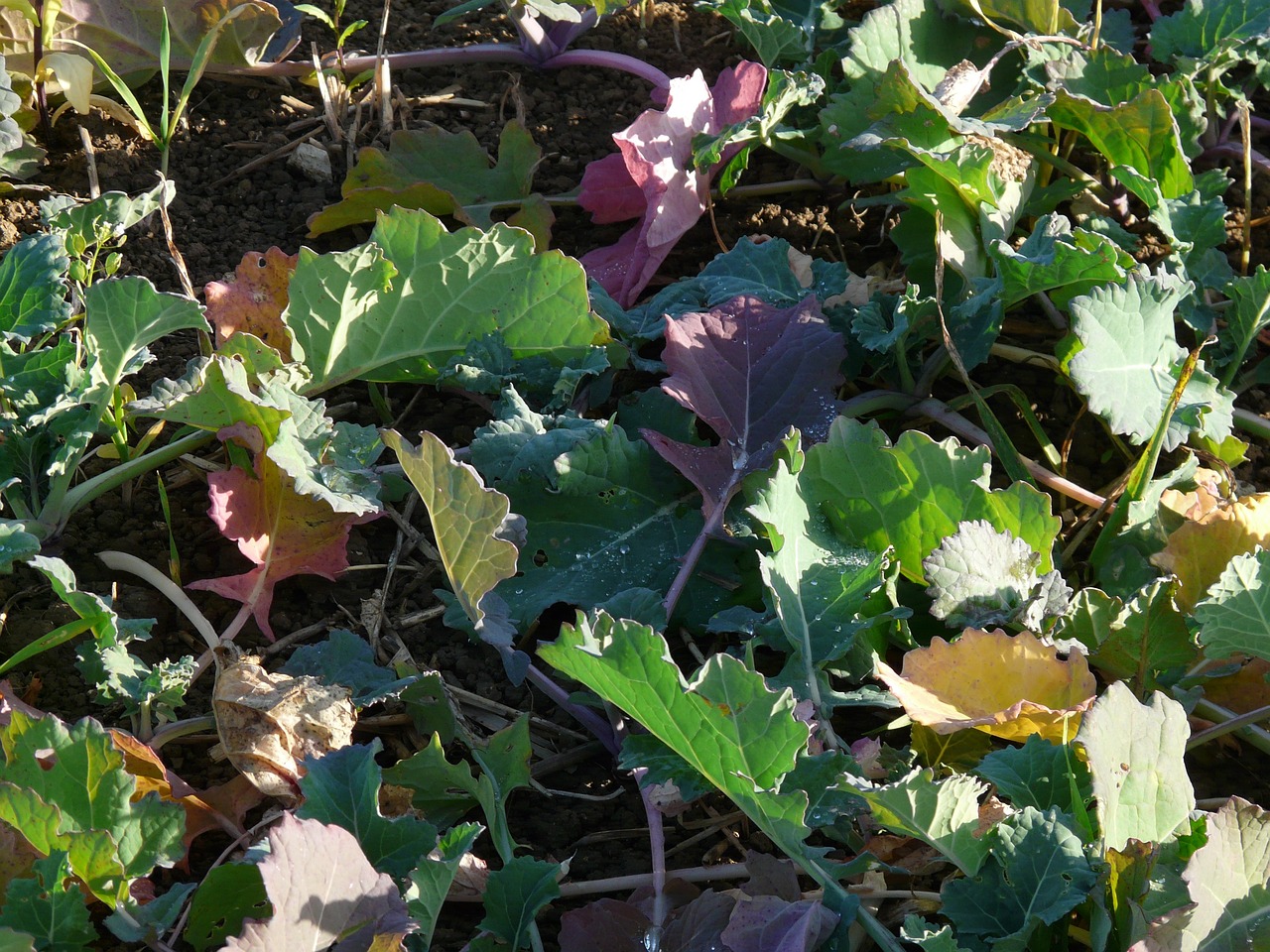
Enhanced Biodiversity
When we talk about in intercropping, we're diving into the heart of what makes sustainable farming not just a trend, but a necessity. Imagine a vibrant tapestry woven with various crops, each playing its unique role in the ecosystem. This diversity isn't just pretty to look at; it serves a crucial purpose. By planting different types of crops together, farmers can create a resilient ecosystem that is less susceptible to pests and diseases. It’s like forming a community where each member contributes to the overall strength and health of the group.
One of the most significant advantages of enhanced biodiversity is its impact on pest management. When crops are grown in proximity, they can naturally deter pests. For instance, certain plants emit specific scents that confuse pests or attract beneficial insects that prey on harmful ones. This is akin to having a well-trained security team protecting your home; the more diverse and prepared they are, the safer you feel. In a diverse cropping system, the presence of various plants can disrupt the life cycles of pests, making it difficult for them to establish themselves and thrive.
Moreover, enhanced biodiversity encourages increased pollinator activity. Pollinators like bees and butterflies are drawn to diverse flowering plants, which means that by intercropping, farmers can support these essential creatures. A healthy population of pollinators not only boosts crop yields but also enhances the quality of the produce. Think of it as inviting your friends over for a potluck; the more variety there is, the more enjoyable the meal becomes!
Furthermore, diverse crops can improve soil health. Different plants have varying root structures, which can help break up compacted soil and promote better water infiltration. This is especially important in areas prone to erosion or nutrient depletion. When crops are grown together, their root systems can work synergistically, enhancing nutrient cycling and improving soil fertility. It’s like a well-orchestrated symphony where each instrument complements the others, creating a harmonious balance that benefits the entire ecosystem.
In summary, enhanced biodiversity through intercropping not only contributes to a more resilient agricultural system but also supports pest management, encourages pollinator activity, and improves soil health. As we continue to face the challenges of climate change and food security, embracing biodiversity in our farming practices is not just beneficial—it’s essential for sustainable agriculture.
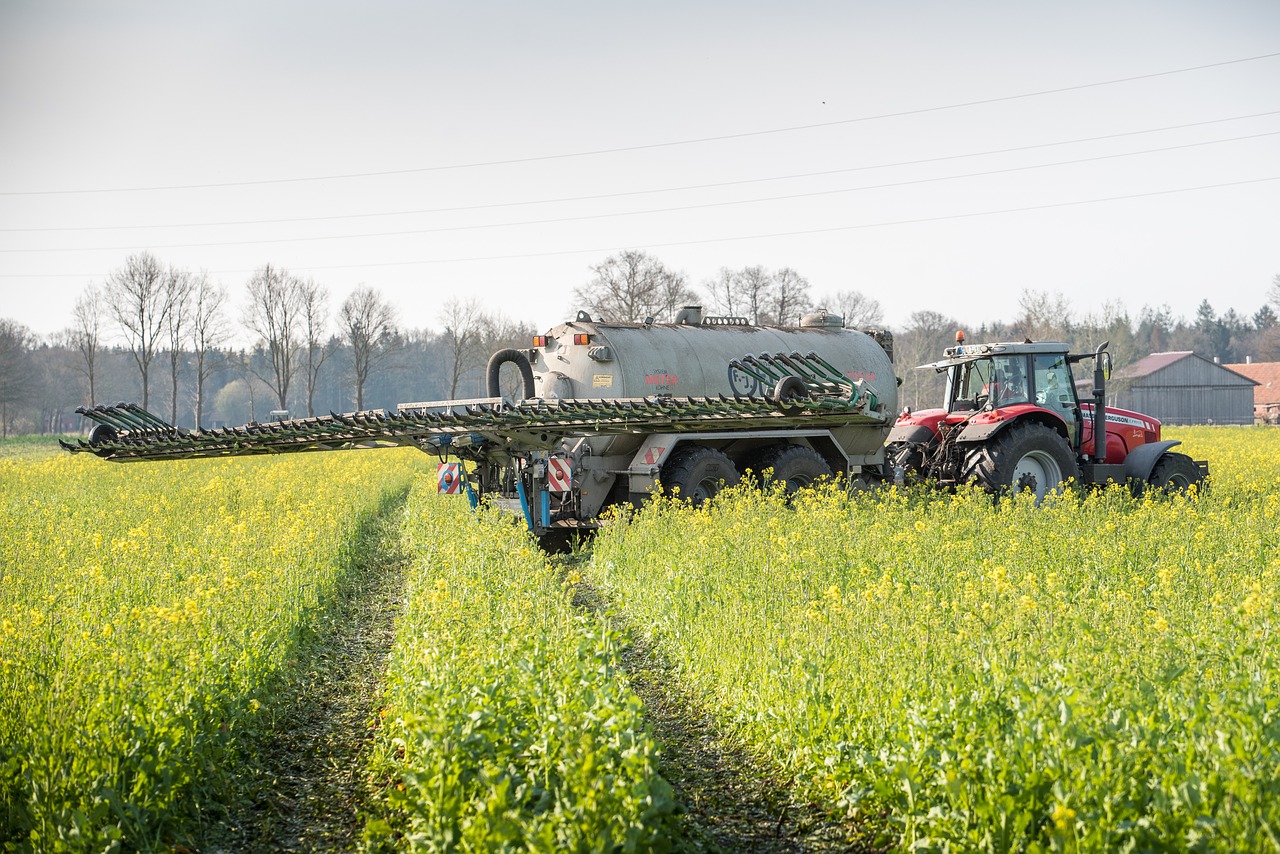
Soil Health Improvement
Intercropping plays a pivotal role in enhancing soil health, which is crucial for sustainable agriculture. When different crops are grown together, their unique root systems interact with the soil in diverse ways. This diversity can lead to improved soil structure, allowing for better water infiltration and aeration. For example, deep-rooted plants can break up compacted soil layers, while shallow-rooted species can help prevent erosion. The result? A more resilient soil ecosystem that can better support a variety of crops.
Moreover, the incorporation of various crop residues into the soil from intercropping systems significantly contributes to nutrient cycling. As different plants die back at different times, their organic matter decomposes at staggered rates, providing a continuous supply of nutrients. This natural process is vital for maintaining soil fertility and reducing the need for synthetic fertilizers, which can harm the environment. In fact, studies have shown that intercropped fields can have up to 30% more organic matter than monoculture systems.
Additionally, intercropping can enhance the microbial activity in the soil. Diverse root exudates from various crops attract a wider range of beneficial microorganisms. These microbes play a crucial role in breaking down organic matter, fixing nitrogen, and even suppressing soil-borne diseases. This symbiotic relationship between crops and soil microorganisms leads to healthier plants and, ultimately, better yields.
To illustrate the benefits of intercropping on soil health, consider the following table that compares soil health indicators in intercropped versus monoculture systems:
| Soil Health Indicator | Intercropped Systems | Monoculture Systems |
|---|---|---|
| Organic Matter Content | Higher | Lower |
| Nutrient Availability | More Balanced | Often Depleted |
| Soil Erosion Risk | Lower | Higher |
| Microbial Diversity | Higher | Lower |
In summary, intercropping not only promotes biodiversity but also significantly improves soil health. By fostering a dynamic soil environment through diverse cropping systems, farmers can cultivate more resilient agricultural landscapes. This approach not only benefits the crops but also contributes to the overall sustainability of farming practices.
- What is intercropping? Intercropping is the practice of growing two or more crops in close proximity to enhance productivity and sustainability.
- How does intercropping improve soil health? It enhances soil structure, promotes nutrient cycling, and increases microbial activity.
- Are there any downsides to intercropping? Yes, challenges include resource competition and management complexity.
- Can intercropping increase crop yields? Yes, it often leads to higher yields compared to monoculture systems.
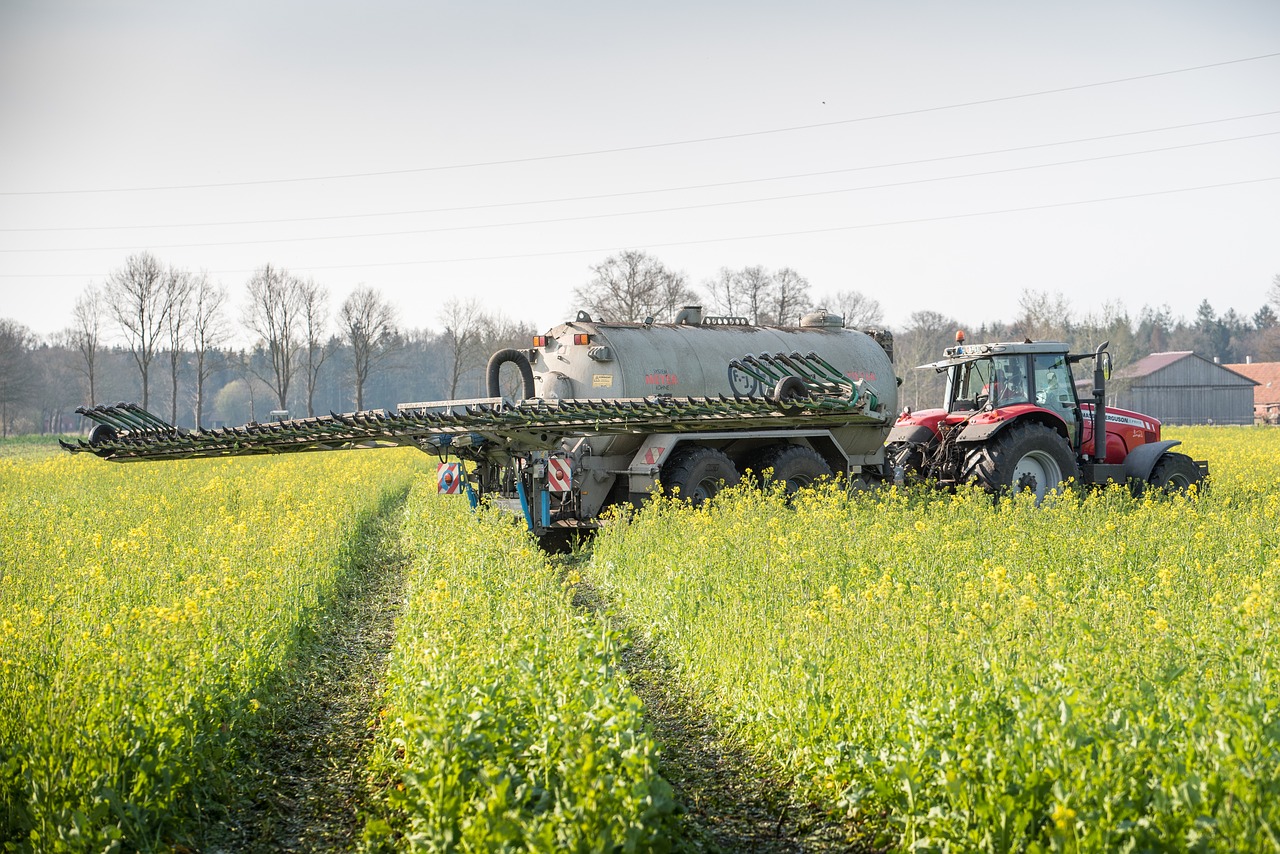
Pest Management
Pest management is a critical aspect of sustainable agriculture, and intercropping has emerged as a powerful strategy to naturally mitigate pest populations. By growing a variety of crops in close proximity, farmers can disrupt the life cycles of pests that typically thrive in monoculture systems. Imagine a garden where the presence of one plant can deter pests from another; that’s the magic of intercropping! This practice creates a more complex ecosystem that encourages beneficial organisms while discouraging harmful ones.
One of the primary reasons intercropping works so effectively for pest management is through the concept of diversity. When multiple species of plants are grown together, it becomes harder for pests to locate their preferred hosts. For instance, if a pest is accustomed to feeding on a single crop, the introduction of different plants can confuse and deter them. This natural form of pest control reduces the dependency on chemical pesticides, which can harm the environment and lead to pest resistance over time.
Furthermore, intercropping can enhance the presence of natural predators and beneficial insects. When diverse crops are planted, they attract a wider range of pollinators and predatory insects, such as ladybugs and lacewings, which can help control pest populations. For example, planting flowering plants alongside vegetable crops can provide nectar and pollen, supporting the life cycles of these beneficial insects. This symbiotic relationship creates a healthier ecosystem where crops can thrive without the constant threat of pest infestations.
In addition to reducing pest populations, intercropping can also improve crop resilience. When plants are grown together, they can share resources such as nutrients and moisture more effectively. This cooperation can lead to stronger, healthier plants that are better equipped to withstand pest attacks. Think of it like a team of superheroes; when they work together, they can overcome challenges that would be insurmountable alone.
However, it's essential to note that successful pest management through intercropping requires careful planning and knowledge. Farmers must understand the specific needs and behaviors of both the crops and the pests they aim to manage. For instance, certain combinations of crops may attract pests or compete for resources, which could negate the benefits of intercropping. Therefore, a strategic approach is vital for maximizing the advantages of this practice.
In summary, intercropping offers a natural, effective solution for pest management in sustainable farming. By fostering biodiversity, attracting beneficial insects, and enhancing crop resilience, farmers can create a balanced ecosystem that reduces the need for chemical interventions. As we continue to seek sustainable agricultural practices, the role of intercropping in pest management will undoubtedly become increasingly important.
- What is intercropping? Intercropping is the practice of growing two or more crops in proximity to each other for various benefits, including pest management and improved soil health.
- How does intercropping help with pest management? By increasing biodiversity and attracting beneficial insects, intercropping disrupts pest life cycles and reduces pest populations naturally.
- Can intercropping be used for all types of crops? While many crops can be intercropped, it's essential to choose compatible plants that can thrive together without competing for resources.
- What are the challenges of intercropping? Challenges include resource competition among crops, management complexity, and potential market access issues for diverse crops.
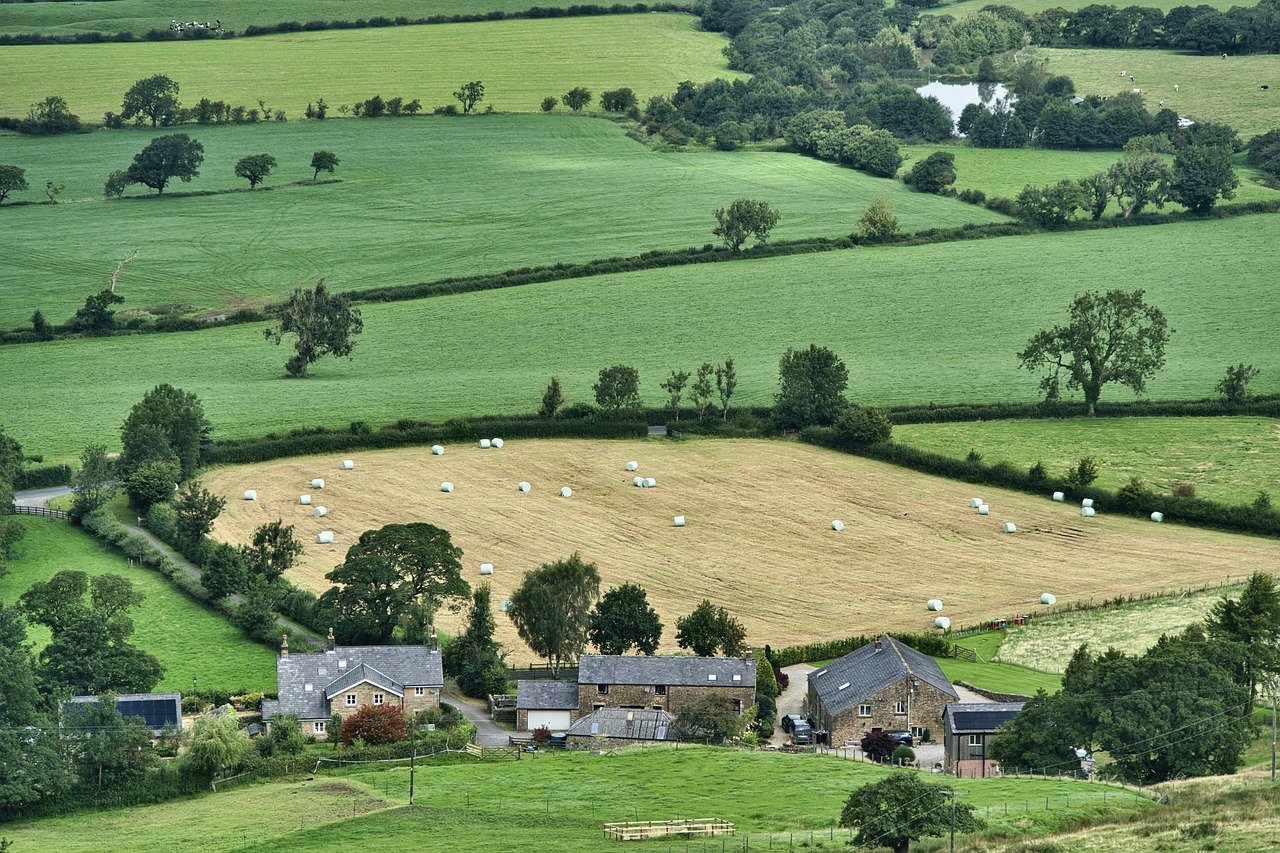
Challenges of Intercropping
While intercropping presents a plethora of advantages, it's not without its challenges. Farmers venturing into this sustainable practice often find themselves navigating a landscape filled with hurdles that can impact their productivity and overall success. One of the primary challenges is resource competition. When multiple crops are grown in close proximity, they may end up competing for essential resources such as nutrients, water, and sunlight. This competition can lead to reduced yields for some crops, particularly if they are not well-suited to share the same space. For instance, if a fast-growing crop overshadows a slower-growing companion crop, the latter might struggle to thrive. Understanding the growth habits and requirements of different plants is crucial to mitigate this issue.
Another significant challenge is the complexity of management. Unlike monoculture systems, which focus on a single crop, intercropping requires farmers to possess a diverse skill set and a deeper understanding of plant interactions. Managing multiple crops simultaneously can be daunting; it requires careful planning, knowledge of crop rotations, and an understanding of how different plants can complement or hinder each other. For example, some crops may require different planting and harvesting times, which adds layers of complexity to the farming schedule. Farmers must also be adept at monitoring the health of various plants, ensuring they receive the appropriate care and resources.
Furthermore, market access and economic viability pose additional hurdles. Farmers who engage in intercropping may find it challenging to market their diverse produce. Traditional markets often favor uniformity and may not be equipped to handle a variety of crops efficiently. This can lead to issues in pricing and selling their yields, as some markets may undervalue less common crops. Additionally, the economic implications of intercropping can be tricky; while it can lead to a more resilient farming system, the initial investment in seeds and resources for multiple crops can be substantial. Farmers must weigh these factors carefully to determine if intercropping is a financially viable option for their operations.
In summary, while intercropping can significantly enhance sustainability in agriculture, it comes with its own set of challenges that farmers must be prepared to face. From resource competition and management complexity to market access issues, these challenges require thoughtful strategies and ongoing education. Embracing intercropping means being ready to tackle these obstacles head-on while reaping the long-term benefits of a more diverse and resilient farming system.
- What is intercropping? Intercropping is the agricultural practice of growing two or more crops in close proximity, which can yield various benefits, including improved biodiversity and pest control.
- What are the main benefits of intercropping? The primary benefits include enhanced biodiversity, better soil health, and natural pest management, which collectively contribute to a more sustainable farming system.
- What challenges do farmers face with intercropping? Farmers may encounter challenges such as competition for resources, increased management complexity, and difficulties in market access for diverse crops.
- How can farmers overcome the challenges of intercropping? By educating themselves on plant interactions, developing effective management strategies, and exploring niche markets, farmers can successfully navigate the challenges of intercropping.
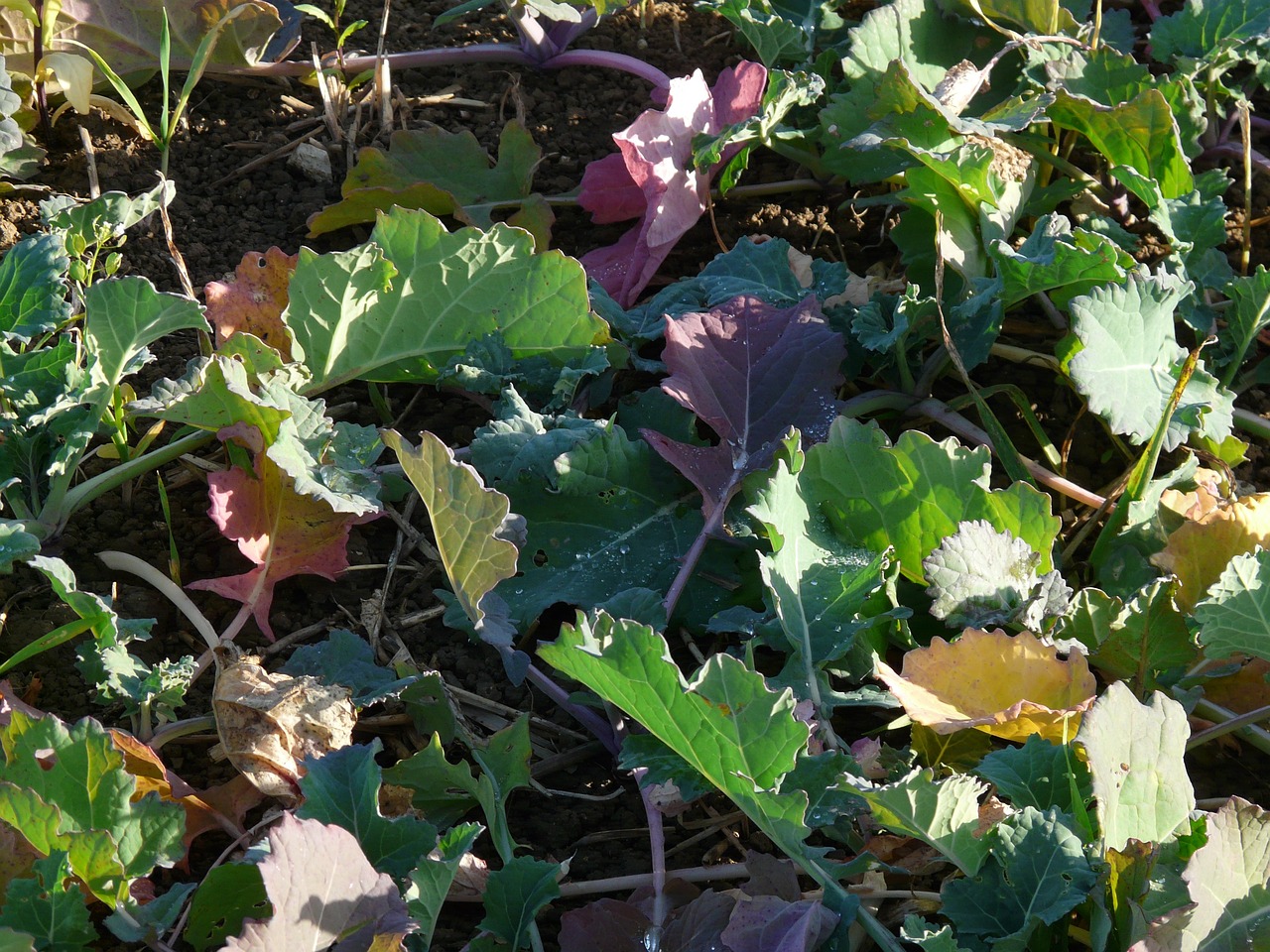
Resource Competition
In the world of intercropping, one of the most significant challenges that farmers face is . When multiple crops are grown in close proximity, they inevitably compete for essential resources such as nutrients, water, and sunlight. This competition can significantly impact crop yields and overall farm productivity. Imagine trying to share a single slice of cake among a group of friends; the more friends you have, the smaller each person's piece becomes. Similarly, in intercropping, the more crops you plant, the more they must vie for limited resources, which can lead to diminished returns if not managed carefully.
To grasp the nuances of resource competition in intercropping, it’s crucial to consider the following factors:
- Nutrient Availability: Different crops have varying nutrient requirements. Some may deplete the soil of essential nutrients faster than others, leading to deficiencies that can affect all crops involved.
- Water Usage: Water is a vital resource, and when crops with different water needs are planted together, one may overshadow the other, leading to inadequate water supply for the less dominant crop.
- Light Competition: Sunlight is another critical resource. Taller crops can block sunlight from reaching shorter crops, resulting in poor growth and reduced yields.
Farmers must navigate these challenges carefully. For example, they can use crop rotation and strategic planting techniques to minimize competition. By selecting crop combinations that complement each other—like pairing deep-rooted plants with shallow-rooted ones—they can optimize resource use. This approach not only maximizes productivity but also promotes a healthier ecosystem.
Moreover, understanding the growth patterns and nutrient needs of each crop can help farmers devise a plan that minimizes competition. For instance, legumes can be intercropped with cereals, as legumes fix nitrogen in the soil, benefiting the neighboring cereal crops. This kind of synergistic planting can lead to a more balanced ecosystem where all plants thrive rather than just a few.
In conclusion, while resource competition in intercropping presents challenges, it also offers opportunities for innovative farming practices. By carefully selecting crop combinations and managing resources effectively, farmers can turn potential conflicts into collaborative growth, ensuring that their fields are not only productive but also sustainable.
Q1: What is intercropping?
A1: Intercropping is the practice of growing two or more crops in proximity for various benefits, including enhanced biodiversity, pest control, and improved soil health.
Q2: How does resource competition affect crop yields?
A2: Resource competition can lead to reduced access to essential nutrients, water, and sunlight for crops, potentially decreasing overall yields if not managed properly.
Q3: What are some strategies to minimize resource competition?
A3: Strategies include selecting complementary crops, using crop rotation, and understanding the growth patterns and nutrient needs of each crop to optimize resource use.
Q4: Can intercropping improve soil health?
A4: Yes, intercropping can improve soil health by promoting nutrient cycling and enhancing soil structure through diverse root systems.
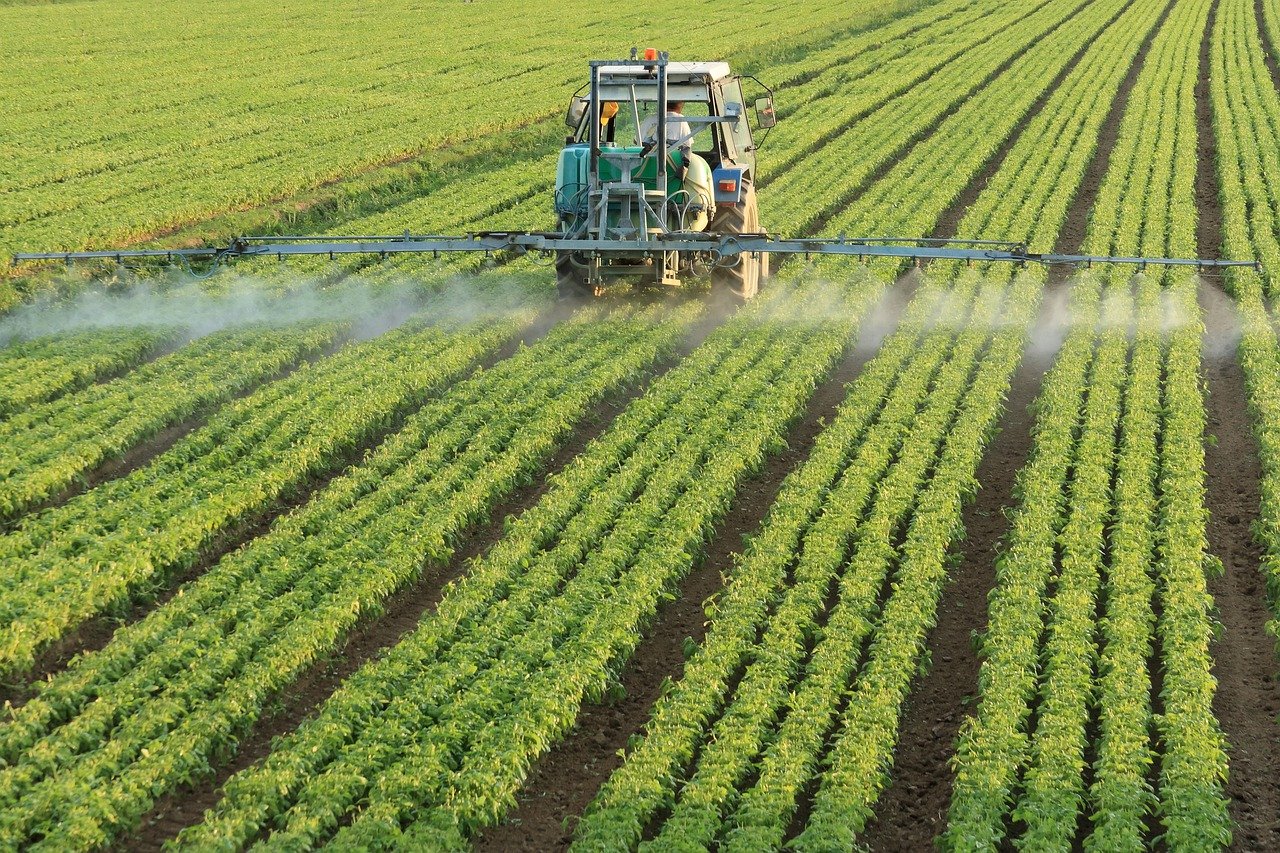
Management Complexity
When it comes to intercropping, the complexity of management can be a double-edged sword. While the practice is undoubtedly beneficial for the environment and can lead to increased yields, it requires a level of skill and understanding that goes beyond traditional monoculture farming. Imagine trying to juggle multiple balls in the air; if you focus on one too much, the others might fall. Similarly, managing different crops simultaneously demands attention to detail and a deep knowledge of each plant's needs.
Farmers must be adept at understanding the interactions between various crops, from their growth rates to their nutrient requirements. For instance, a farmer might plant corn alongside beans, but if they don't account for the corn's need for sunlight, the beans could end up overshadowed, leading to poor yields. This is where the art of intercropping comes into play. It’s not just about planting different crops; it’s about orchestrating a harmonious relationship between them.
Additionally, farmers need to be well-versed in crop rotation and the specific benefits that each crop brings to the soil and ecosystem. This knowledge can be overwhelming, especially for those who are used to the straightforward nature of monoculture. To illustrate, let's consider the following table that outlines some key management aspects of intercropping:
| Aspect | Considerations | Benefits |
|---|---|---|
| Crop Selection | Choosing compatible crops that complement each other | Improved yields and pest resistance |
| Nutrient Management | Understanding nutrient needs of each crop | Enhanced soil fertility and health |
| Pest Control | Monitoring pest populations across different crops | Natural pest management and reduced pesticide use |
| Harvesting | Timing and methods for harvesting different crops | Efficient use of labor and resources |
Moreover, the management complexity of intercropping can also extend to logistical challenges. Farmers must coordinate planting and harvesting schedules, which can vary significantly from crop to crop. This requires meticulous planning and often leads to a more demanding workload compared to traditional farming methods. Think of it as preparing a multi-course meal; each dish requires its own timing, ingredients, and cooking methods, but when done right, the result is a feast for the senses.
In summary, while the management complexity of intercropping might seem daunting, it also opens the door to a more sustainable and resilient farming system. Farmers who invest the time and effort into mastering these complexities can reap the rewards of enhanced biodiversity, improved soil health, and ultimately, greater profitability. However, the journey requires patience, knowledge, and a willingness to adapt. As the agricultural landscape continues to evolve, embracing the challenges of intercropping could very well be the key to a sustainable future.
- What is intercropping? Intercropping is the practice of growing two or more crops in close proximity for various benefits, including improved yields and pest management.
- What are the main benefits of intercropping? Benefits include enhanced biodiversity, improved soil health, and natural pest management.
- What challenges do farmers face with intercropping? Challenges include resource competition among crops, management complexity, and market access issues.
- How can farmers overcome the management complexity of intercropping? By gaining knowledge about crop interactions, planning meticulously, and possibly seeking guidance from agricultural experts.
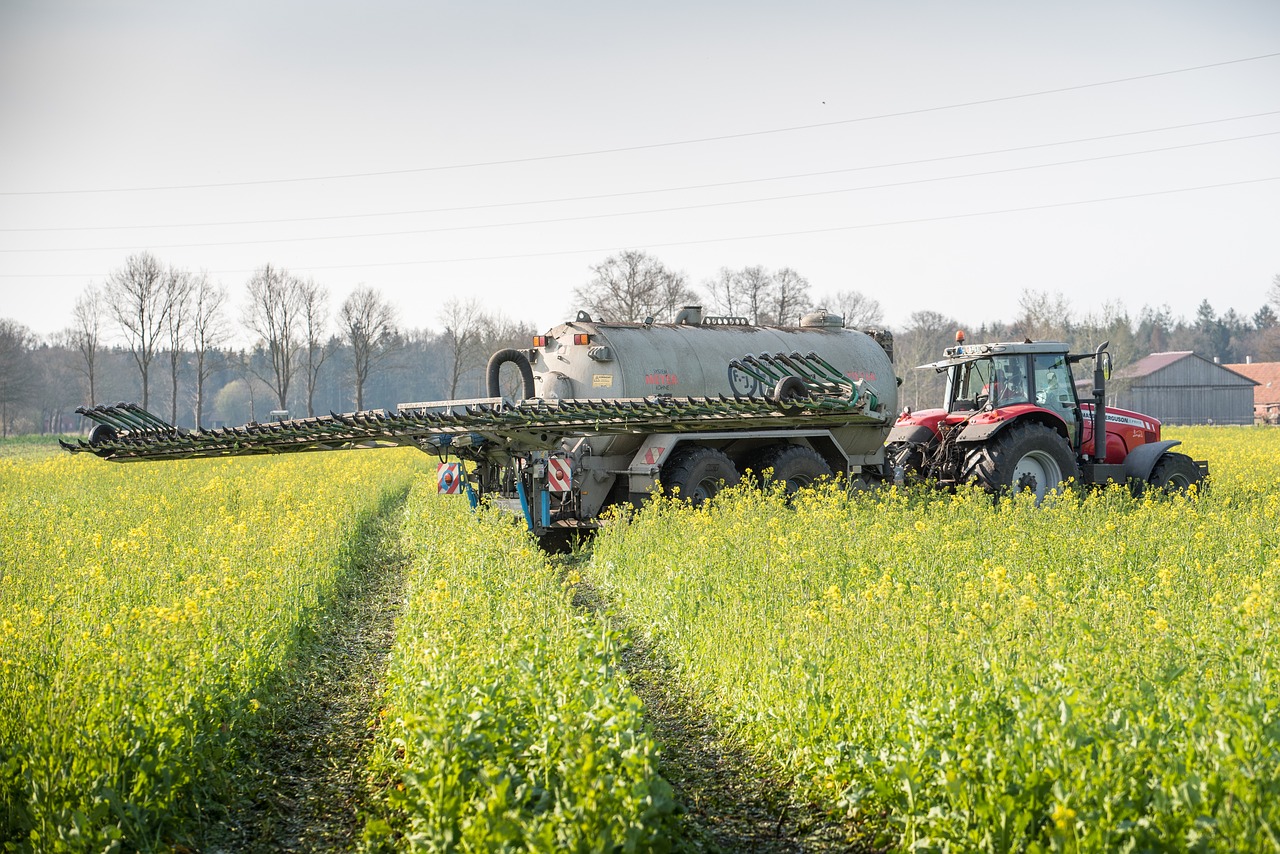
Market Access and Economic Viability
When it comes to intercropping, one of the significant hurdles farmers face is market access and the economic viability of growing diverse crops. Unlike traditional monoculture farming, where a single crop dominates the landscape, intercropping requires a shift in how farmers approach not only cultivation but also marketing. Imagine trying to sell a mixed bag of fruits and vegetables at a market where consumers are accustomed to seeing just one type of produce. This scenario illustrates the challenge of attracting buyers when your offerings are varied.
Farmers practicing intercropping might find it difficult to find buyers who are interested in a mix of crops. Many markets prefer consistency and uniformity, leading to potential economic losses for those who diversify their planting. This inconsistency can make it challenging for farmers to establish reliable sales channels. Furthermore, the lack of established demand for certain intercropped varieties can lead to price volatility, making it hard for farmers to predict their income.
Additionally, the complexities of marketing multiple crops can hinder farmers' ability to reach wider markets. For instance, if a farmer grows both beans and corn, they may need to find separate buyers for each, which can complicate logistics and increase transportation costs. This situation often leads to a situation where farmers may have to sell their produce at lower prices just to ensure they move their goods. The economic implications of this can be profound, affecting not just individual farmers but entire communities that rely on diverse farming practices for their livelihoods.
To navigate these challenges, farmers can consider a few strategies:
- Direct Marketing: Farmers can engage in direct sales through farmers' markets or community-supported agriculture (CSA) programs, allowing them to showcase their diverse crops and educate consumers.
- Value-Added Products: Creating processed products, such as jams, sauces, or dried goods, can help farmers utilize their diverse crops and appeal to a broader market.
- Cooperatives: Joining forces with other farmers to form cooperatives can enhance market access, allowing them to pool resources and market their products collectively.
Moreover, understanding consumer preferences is vital. With the growing trend towards sustainability and organic produce, there is a burgeoning market for diverse crops that can meet these demands. Farmers who can effectively communicate the benefits of their intercropped products—such as enhanced flavor, nutritional value, and environmental sustainability—may find themselves in a more favorable position in the marketplace.
Ultimately, while intercropping presents unique challenges in terms of market access and economic viability, it also opens the door to innovative solutions and new opportunities. By adapting their marketing strategies and capitalizing on the growing consumer interest in sustainable practices, farmers can overcome these hurdles and thrive in a diverse agricultural landscape.
- What is intercropping? Intercropping is the agricultural practice of growing two or more crops in close proximity to each other to maximize benefits such as biodiversity, soil health, and pest management.
- What are the main benefits of intercropping? Intercropping enhances biodiversity, improves soil health, and provides natural pest control, leading to more resilient farming systems.
- What challenges do farmers face with intercropping? Farmers may encounter resource competition among crops, management complexity, and difficulties in market access and economic viability.
- How can farmers improve market access for intercropped produce? Farmers can engage in direct marketing, create value-added products, and collaborate through cooperatives to enhance their market presence.
Frequently Asked Questions
- What is intercropping?
Intercropping is a sustainable farming practice where two or more crops are grown in close proximity. This method not only boosts biodiversity but also enhances soil health and increases overall crop yields. Think of it as a harmonious gathering of plants, each bringing its own strengths to the table!
- What are the main benefits of intercropping?
Intercropping comes with a wealth of benefits! It enhances biodiversity, improves soil health, and naturally manages pests. By planting diverse crops, farmers can create a more resilient ecosystem that supports various species, leading to healthier crops and reduced reliance on chemical pesticides.
- How does intercropping improve soil health?
Intercropping improves soil health through the diverse root systems of different crops, which help in nutrient cycling and soil structure. When various plants grow together, they can complement each other, leading to better nutrient absorption and healthier soil overall.
- Can intercropping help with pest management?
Absolutely! By growing different crops together, intercropping disrupts pest life cycles, making it harder for pests to thrive. This natural form of pest control reduces the need for chemical pesticides, promoting a healthier farming environment.
- What challenges do farmers face with intercropping?
While intercropping has many advantages, it does present some challenges. Farmers may encounter competition for resources like nutrients, water, and sunlight. Additionally, managing multiple crops can be complex, requiring more skills and knowledge than traditional monoculture systems.
- How can resource competition affect crop yields in intercropping?
Resource competition in intercropping can lead to reduced crop yields if plants are not well-suited to coexist. Crops may vie for the same nutrients, water, and light, which can impact their growth and overall productivity if not managed properly.
- Is intercropping economically viable for farmers?
Intercropping can be economically viable, but it also poses challenges. Farmers might struggle with marketing diverse crops and ensuring a stable income. However, if managed well, the benefits of increased yields and reduced pest management costs can outweigh the challenges.



















